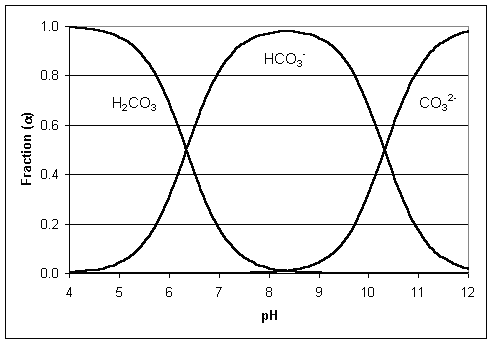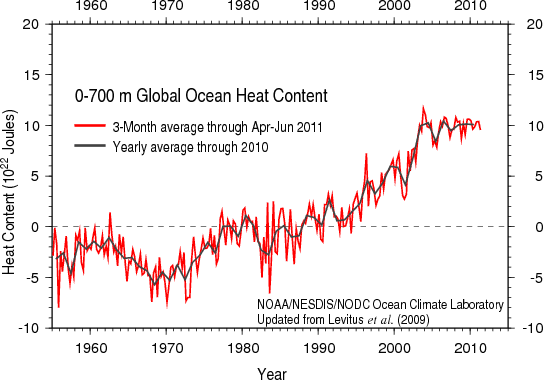- Sep 14, 2011
- 63,947
- 9,979
- 2,040
The World's Oceans Will Be Drastically Different by 2100 - weather.com Science Behind Cimate: Oceans
The facts make me envy the head-in-the-sand-flat-earthers.
By the end of this century, the world's oceans will undergo drastic changes that will have major impacts both on undersea life and on hundreds of millions of people who depend on them for their food and livelihoods, especially people in poor and developing countries.
The changes are expected to have an impact at just about every point in the ocean food chain, from where fish and other sea animals can live to how big they can grow, and how large their populations can get even whether they'll survive at all in the places we know them today.
These findings were announced in a study published this week in the scientific journal PLOS Biology, which analyzed more than 30 marine habitats around the world and found that all of them were experiencing shifts that pose a "high risk of degradation of marine ecosystems" and of "human hardship" all at the same time.
When you look at the world ocean, there are few places that will be free of changes," Camilo Mora, an assistant professor of geography at the University of Hawaii at Manoa and the study's lead author, said in a university press release.
The facts make me envy the head-in-the-sand-flat-earthers.



